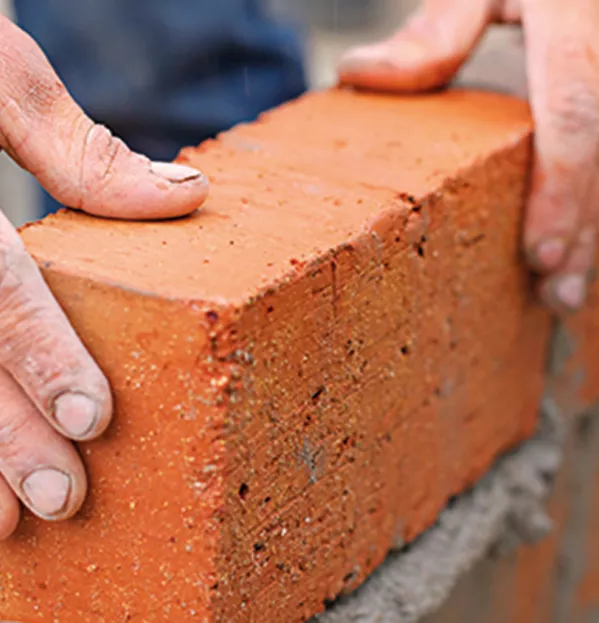Once a year, my school hosts an annual endurance challenge, where teams of two are pitted against each other in a timed contest that includes running, swimming, canoeing, climbing, archery and two assault courses.
This involves highly evolved team-building skills, and success can only be achieved through true interdependence. One of the toughest elements is the climbing section, in which each participant must scale a wall over 10m high. The physical challenge is immense. And on a symbolic level, it proves to everyone that walls need not be insuperable.
Sadly, such walls are a feature of modern life. More and more barriers are going up around the world - not to keep people in but to keep people out. Indeed, for millennia, governments and militaries have constructed sprawling defensive walls to keep hostile forces at bay, define their national borders and even prevent their own citizens from fleeing. I remember, as a child, finding the notion of a Great Wall of China or, indeed, Hadrian’s Wall, archaic and bewildering. I had yet to learn about the peace lines of Belfast or about Berlin, where the Iron Curtain cast its shadow during the Cold War.
The building of walls is a physical manifestation of the ‘other’
Even now, there are those who argue that “good fences make good neighbours”. Nearly three decades after the fall of the Berlin Wall, Donald Trump’s proposed “impenetrable, physical, tall, powerful, beautiful, southern border wall” might suggest that the old adage continues to ring true. Many people who experience high levels of drug violence and crime that in part has spilled on to US soil from Mexico believe that a barrier will provide a solution. The building of walls is a physical manifestation of the fear of “other” that is becoming a sad fact of the world we live in.
But the message flows contrary to what we as teachers endeavour to impart. And it is an abhorrent strategy for many of the young idealists in our classrooms. As school leaders and teachers, a vital part of our function is to support students in developing communication skills and independence of thought; in opening minds to the possibility that anyone may be mistaken; in refining the skills we need to build bridges, not walls or fences. We are in the business of breaking down prejudice.
The shared values that exist in schools and the fact of coexistence - common experiences, aspirations and fears - together create a sense of community that builds connections and respect for others. Walls are there to be climbed, barricades to be broken down, barriers preventing open engagement between people to be overcome.
Opening the minds of the young people in our charge is one of our most important challenges, and the fact that walls, both real and metaphorical, are so much in the public eye gives us a concrete place to start.
Sue Freestone is headteacher of King’s Ely in Cambridgeshire
